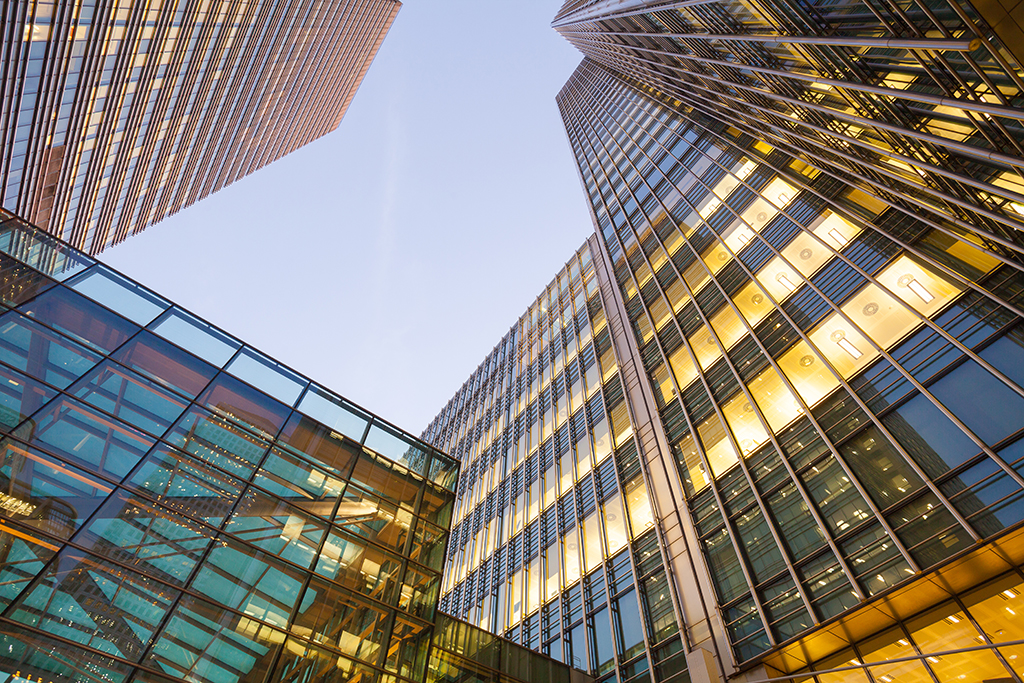Manhattan Flex Office Space Growth Explodes, 15 Million Square Feet Added in Last 5 Years

According to a new report from CBRE, the flexible office space footprint in Manhattan has tripled to 15 million square feet over the last five years as providers’ offerings have evolved, new players entered the market and new flexible space models have arisen.
Manhattan is the largest U.S. flex office market by far, with nearly three times the inventory of Los Angeles, which placed second. Manhattan is also the second-most-penetrated market in the nation, with flexible space accounting for 3.6 percent of total office inventory, trailing only tech-centric San Francisco at 4 percent and far surpassing the national average of 1.8 percent. CBRE indicates that the 10 largest flex markets will continue to increase their flex-office penetration faster than other markets, after growing by 70 percent since 2017, compared to 43 percent in other markets.
Manhattan flex space inventory grew by 9.5 percent in the first half of 2019. This expansion is being driven by the pursuit of medium-sized and large corporate and enterprise users, according to CBRE, which predicts flexible space operators will continue to be active in the market, seeking further expansion opportunities that will likely account for approximately 15 percent of overall Manhattan leasing activity through year-end 2019.
“Rather than remaining completely independent, flex space providers are also looking to expand by forming various partnership and/or management agreements with landlords to offer flexible space and other amenities to tenants,” said CBRE’s Tri-State Director of Research & Analysis Nicole LaRusso.
In addition to traditional third-party operators entering long-term lease agreements with landlords, CBRE reports that new flex space models emerging include operator/landlord partnerships, fixed, fee-based operating agreements between operators and owners, and landlords designing, building and operating their own flexible space.
“Flexible office space is no longer a niche offering hidden among building stacks of long-term leases. Not only is it prominent in the buildings that it occupies but it is also at the heart of real estate strategies from landlords to corporate occupiers,” said LaRusso of CBRE. “The flexible real estate model has long been a viable solution for freelancers, remote workers and start-ups, but now represents a structural shift that is rapidly gaining ground among larger enterprises because of the flexibility, speed and capital deferral it allows that is not widely available through traditional leasing.”
Wait! Don’t miss out on the latest insights
Sign up for Saschse Construction’s
e-newsletter below!
Featured Topics
INDUSTRY NEWS
Investment
National

